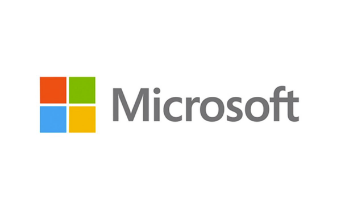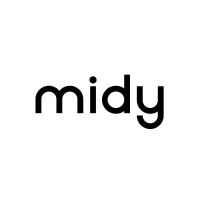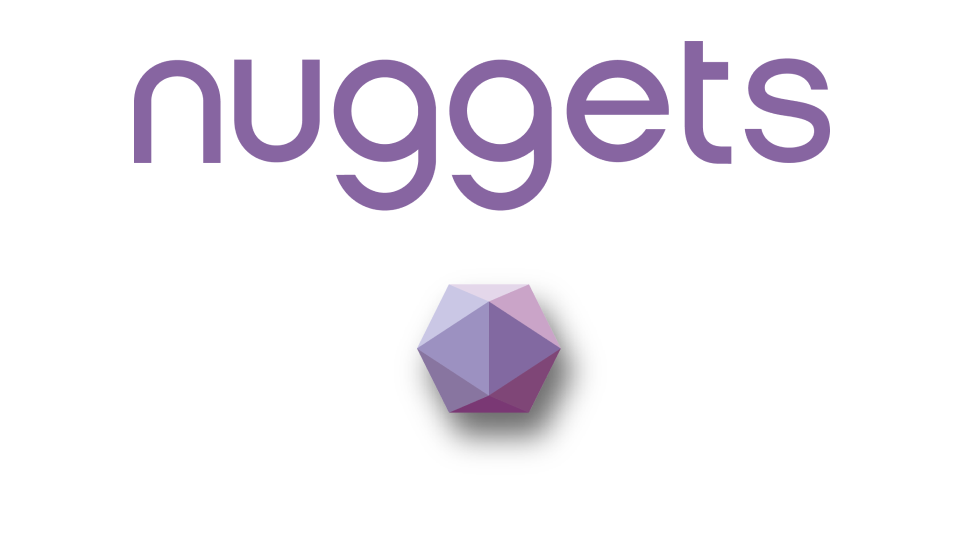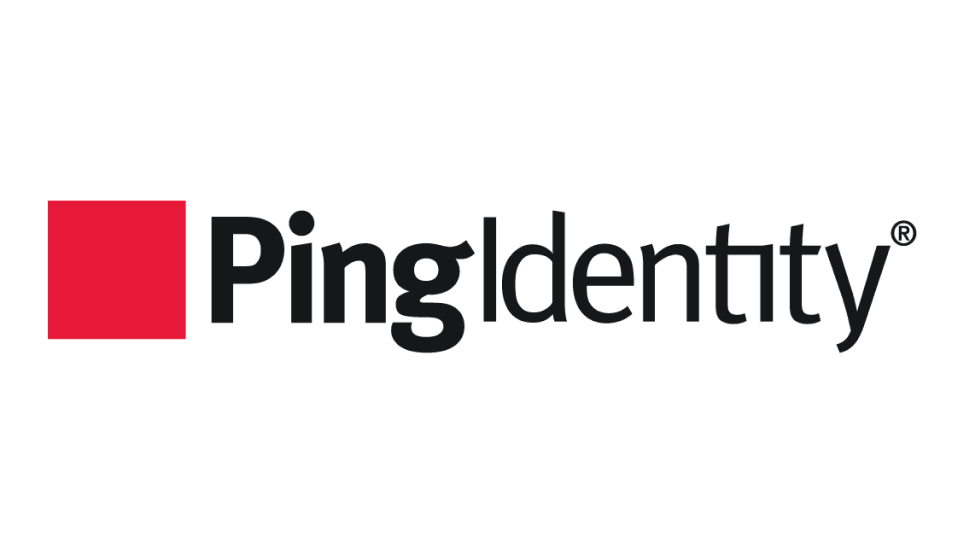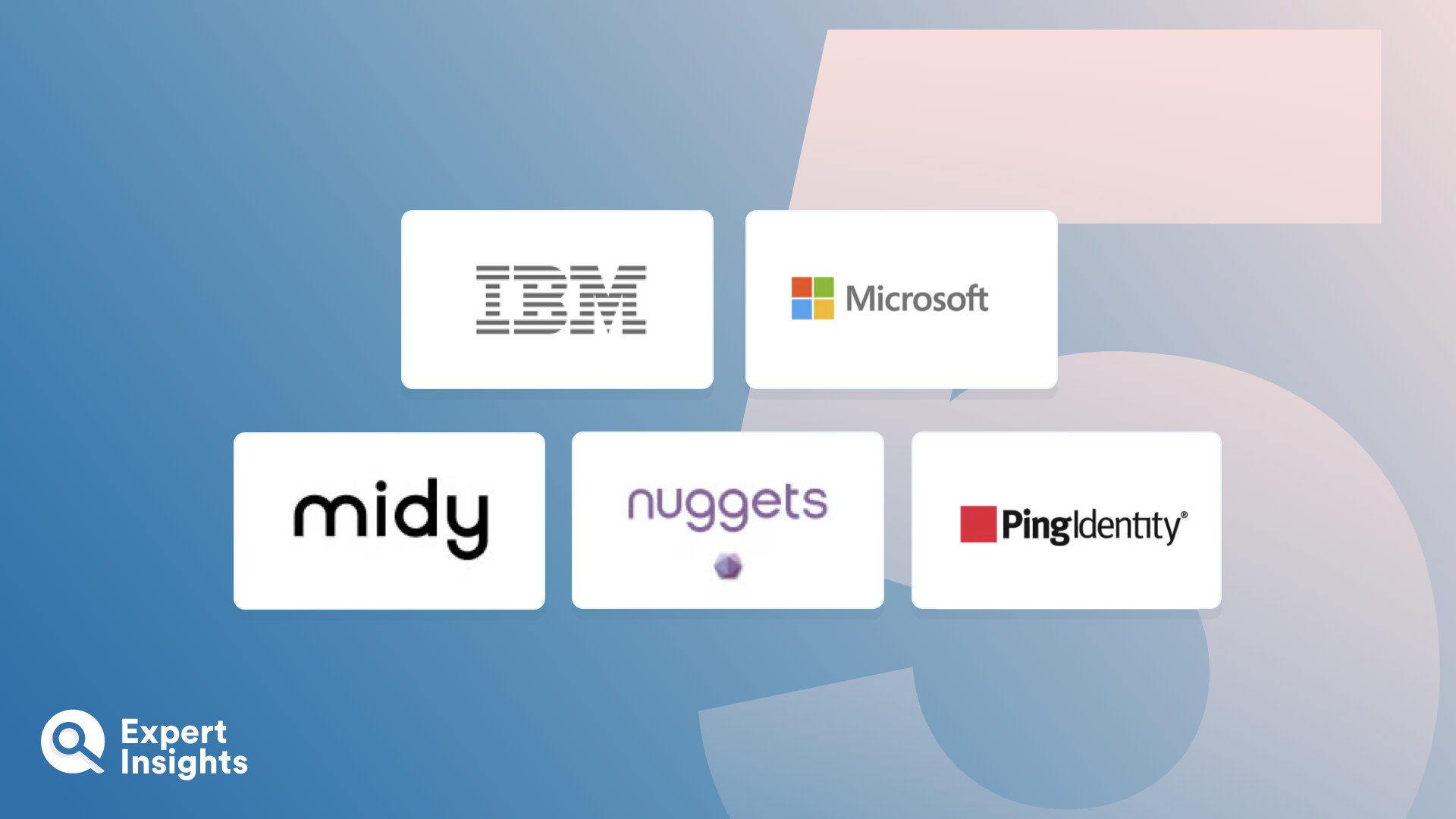Everything You Need To Know About Decentralized Identity Solutions (FAQs)
What Is Decentralized Identity?
Decentralized identity is an identity management and verification approach that uses blockchain and cryptography to give the end user or consumer control of their own identity, without them having to rely on a specific identity service provider (i.e., a “centralized” authority).
In a traditional, centralized identity system, a centralized authority controls the user’s identity data. This data is usually stored in a database, which makes it vulnerable to cyberattacks. It also gives the central authority complete control over the user’s identity, which can cause privacy concerns if the authority doesn’t always use the identity data with permission, or for legitimate reasons.
In a decentralized system, however, the user’s identity data is stored on a distributed network, making it much less susceptible to cyberattacks. Additionally, users have the power to manage their own digital identity and, in turn, their own privacy. To achieve this, users each have a digital identity “wallet” in which they can collect information about themselves from certified identity issuers (for example, the government). When a third party requests proof of identity, the user can then control what information they share from their wallet. For example, they could prove that they’re over 18 without sharing a document containing their full name, address, and other details.
It’s important to note that decentralized identity is not the same as a federated identity or single sign-onapproach to identity and access management. These approaches use a centralized identity service to share user identities across multiple different applications. While a decentralized approach also enables a single identity to be accessed by different applications and services, there is no centralized authority involved.
What Are Decentralized Identity Solutions?
Decentralized identity solutions enable organizations to authenticate the identities of their users and customers using a decentralized approach. They are usually built on Distributed Ledger Technology (DLT), such as blockchain, which provides identity validation, traceability, and documentation. It also means that identities are stored on a distributed network, rather than in a central database, which makes it much more difficult for a cybercriminal to steal identity data as they’d have to compromise multiple network nodes, rather than a single point of failure.
How Do Decentralized Identity Solutions Work?
Decentralized identity solutions are made up of four key elements. Let’s take a look at them. Distributed Ledger Technology (DLT)
Decentralized identity solutions use Distributed Ledger Technology (DLT), such as blockchain, to create a distributed, trusted network where identity data can be securely stored, shared, and verified. With blockchain, this network comprises a chain of “blocks” that contain information about all the transactions across the network, including decentralized identifiers (more on these later), proof of credentials issued, public cryptography keys used to encrypt and decrypt the data, and revocation registries. Once a block is added to the chain, it’s incredibly difficult to change the information it contains, making it highly secure and transparent. This means that everyone in the network can trust that the user’s identity data is valid and authentic.
Note: users’ identity information isn’t stored on the blockchain, but in their digital wallet—which brings us to the next component of a decentralized identity solution…
Decentralized Identity Wallet
The identity wallet is an app that allows users to create their decentralized identifiers and manage their verifiable credentials. With this wallet, users can choose what identity information they want to share with any third parties requesting validation, including which verified credentials to share, what details to give out, and how long the information is valid for.
For security, all the data stored in a digital wallet is encrypted.
Decentralized Identifier (DID)
Decentralized identifiers are a means for users to identify themselves without the input of a centralized authority. Stored on the blockchain, DIDs are unique digital IDs made up of a string of letters and numbers that indicate the user’s identity. DIDs contain information such as public key and verification information, and no two DIDs are the same.
Verifiable Credential (VC)
A verifiable credential is a digital, encrypted version of credentials (i.e., a digital certificate) that users can present to third parties that want to verify them. There are three parties involved in any VC process:
- The holder is the owner of the identity. They use their digital wallet app to create a decentralized identifier and receive a verifiable credential, which they can choose to share with whom they want.
- The issuer is a third-party organization that issues the holder a credential (e.g., a driver’s licensing authority). The issuer’s public DID and public key are on the blockchain. When the issuer wants to provide the holder with a credential, they sign the VC with their private key. Holders can then add that VC to their digital wallet, usually by clicking a link sent to them by the issuer or scanning a QR code.
- The verifier is a third party that the holder is trying to interact with (e.g., a car rental agency that the holder wants to rent a car from). The verifier checks the holder’s credentials, and checks the blockchain to verify that the correct issuer did in fact issue the credential.
What Are The Benefits Of Decentralized Identity Solutions?
Decentralized identity solutions may seem complex, but they offer a wealth of security, privacy, and operational benefits—for both end users and organizations.
Here are some of the main benefits of implementing a decentralized identity solution:
- Privacy: Decentralized identity gives users more control over their personal data, including who has access to it at any given time. It also allows them to share only the data needed to prove their identity; for example, they can prove that they’re over 18 without having to share a document with their full name and address on it. This supports the privacy principle of data minimization, which encourages organizations to collect only the data that is required to accomplish a specific purpose.
- Security: With a decentralized identity solution, the data is stored in a distributed network, rather than a centralized location. This makes it much less vulnerable to cyberattacks than when using a centralized identity solution, as it removes the single point of failure. In addition, all data is securely encrypted, rendering it tamperproof and completely illegible to unauthorized third parties. Finally, because blockchain makes it easy to track and verify transactions, businesses face less risk of fraud.
- Cost-effectiveness: Without the need to pay a central authority to manage identity data, decentralized identity solutions can be more cost-effective than centralized identity methods. They also reduce the infrastructure and maintenance costs involved with traditional identity management systems.
- Compliance: Decentralized identity solutions can help organizations comply with data protection and privacy regulations by providing users with more control over their data, including processes such as consent management.
- Reputation: The transparent and secure nature of decentralized identity solutions can help foster trust between users and service providers. If your organization enables users to sign up using a decentralized identity, you’re showing a dedication to their privacy and their agency over their own data.
- Speed and efficiency: Decentralized identity solutions enable organization to verify users’ credentials without having to contact the issuing party or a third-party identity provider to ensure that the user’s ID is valid. This speeds up the process of verifying identities for organizations, and provides end users with a seamless sign-up or login experience.
- User-friendliness: A decentralized approach can hugely improve the user experience of signing up to new services by eliminating the need to fill out forms that all need the same information (name, email address, phone number, etc.,). Instead, the user simply selects a card from their wallet and shares it in a trusted, readable format. By using decentralized identity, developers can also build applications that don’t rely on passwords to verify users. (Note that, for this benefit to be fully realized, there needs to be more widespread adoption of this technology so that users can share their VCs with a larger number of service providers.)




